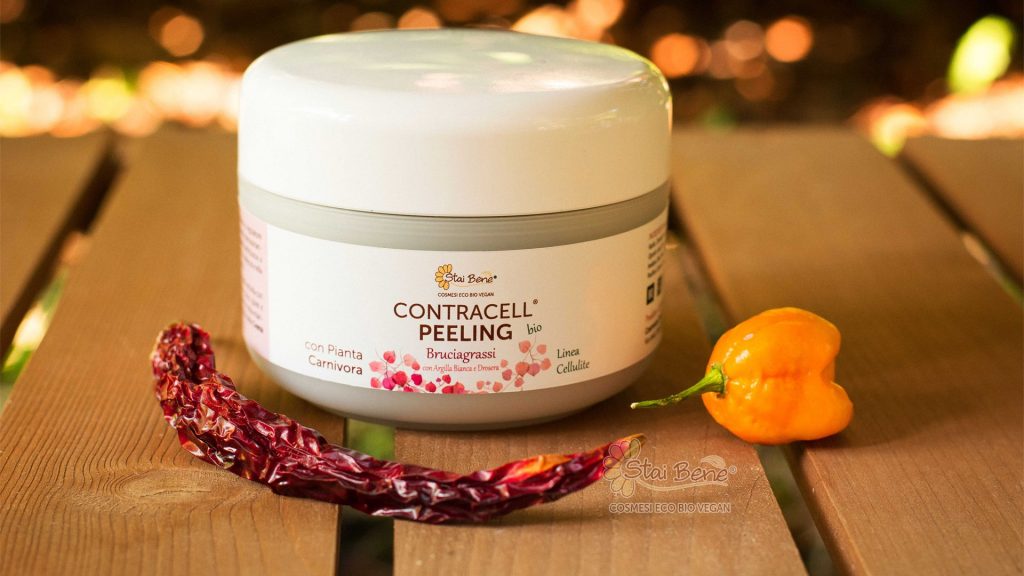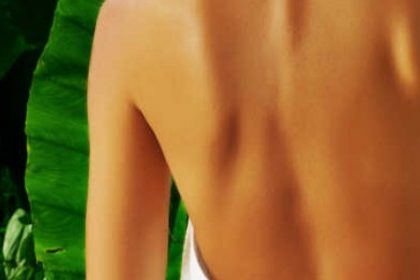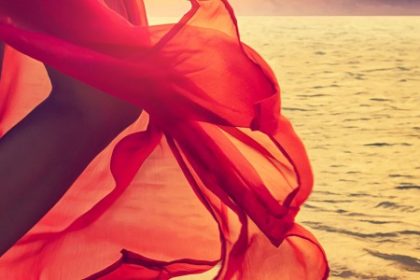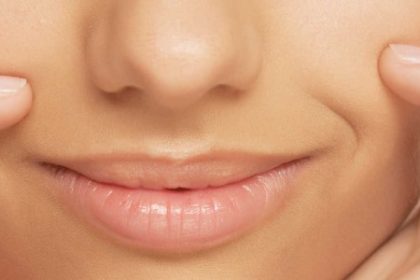Nonostante luci e Babbi acrobati siano spariti da finestre e giardini, nelle prime settimane di Gennaio, l’aria festosa a sfondo natalizio si fa sentire ancora prepotentemente.
C’è ancora qualche nostalgico con l’alberello montato sotto il letto, completo di addobbi e biscottini allo zenzero appesi. Ah la dolce narcosi del Natale…
C’è poco da fare. Molti di noi, amano vivere di ricordi, quelli belli, fatti di astrazioni leggere e plasmabili ( almeno idealmente) che rifugiano il male di vivere.
Ma oltre ai romantici inguaribili che cavalcano stelle comete e nastri dorati, nella lista dei veri Christmas’ followers, ci sono altre categorie un po’ meno ascetiche.
Ad esempio gli accumulatori seriali di pandori, panettoni torroni e cioccolatini che prima e durante le feste, hanno aderito con gaudio alle offerte golose degli Ipermercati per non correre il rischio di rimanere senza.
Ma non solo.
Dulcis in fundo, ci sono quelli che hanno placato la preoccupazione degli accumulatori (Dante li metterebbe nel girone degli amorevoli goduriosi).
Si riconoscono in quanto si aggirano nel mondo come anime in pena, connotati da fianchi, glutei e cosce ben marcati, colpevoli di essersi lasciati coinvolgere e travolgere dalla cascata angelica di coccole zuccherine ma solo per carità cristiana, si intende.
I Rimedi esistono
Udite, udite e non disperate prodi conduttrici dall’animo generoso ( perdonate se il mio pensiero si rivolge al femminile, in quanto per la maggior parte di dolci fanciulle si tratta).
La vostra silhouette non è perduta. Per riportare alla luce la vostra armonia di forme in equilibrio la formula esiste e non parlo di pescare a casaccio da qualche calderone una pozione improvvisata dall’esito incerto.
Sul mercato si possono trovare valide soluzioni dagli effetti bruciagrassi, studiate con perizia che possano far rientrare l’ago della bilancia in un range a semaforo verde o transitarlo, meglio ancora, in una Green Line di tutto rispetto.
La Linea Green ContraCell® Bruciagrassi risponde in modo efficace alle aspettative di chi ha bisogno di smuovere efficacemente la stasi linfatica, smaltire le scorie e snellire, grazie alla riduzione della dimensione e dell’accumulo di adipociti, mitigando il dolore correlato a grasso e cellulite.
Scopriamo insieme la Linea Green ContraCell® Bruciagrassi:
· ContraCell® Fango senza risciacquo effetto caldo con estratti vegetali lipolitici ( Edera, Caffeina), vasocostrittori (Escina), detossificanti riscaldanti ( Peperoncino, Radice di Zenzero) consigliato a chi ha bisogno di un’azione bruciagrasso intensa e antinfiammatoria legata alla congestione venosa, ma non presenta problemi di fragilità vasale
· ContraCell® Peeling Bruciagrassi studiato per rispondere a problematiche di accumuli adiposi, ritenzione dei liquidi e congestione venosa. La presenza della Drosera, pianta mangiagrassi e dell’Argilla bianca dall’azione profondamente assorbente e detossificante all’interno di ContraCell® Peeling Bruciagrassi, stimola la riduzione degli accumuli adiposi e lo smaltimento delle scorie a livello di terreno della pelle che si formano dall’ossidazione e infiammazione legati a grassi e ristagno di liquidi. L’azione meccanica dello ContraCell ®Peeling Bruciagrassi , favorisce inoltre una maggiore dermo compatibilità della pelle verso i trattamenti mirati.
· ContraCell® Crema Bruciagrassi Termogenica arricchita da un principio attivo tratto dalla Drosera Ramentacea , una pianta carnivora che in natura utilizza le sue foglie tentacolari per catturare la preda. La funzione del suo fitocomplesso è quello di modulare l’assimilazione delle cellule adipose, situate nel connettivo, deputate a sintetizzare, accumulare e cedere i lipidi.

Priva di parabeni, paraffine e siliconi, come ogni prodotto Stai Bene®, La Linea Green ContraCell® Bruciagrassi è ideale in associazione ad un allenamento mirato e ad un’alimentazione in regime controllato, che contribuisca a mantenere l’insieme delle parti in equilibrio attivo.
Care amiche “ confuse e pentite “non arrossite come la vispa Teresa ma cogliete l’opportunità che una Linea professionale come la Green Line ContraCell® Bruciagrassi vi offre per riscoprirvi, nel corpo e non solo nell’anima, leggere come una farfalla!
Fashion instead describes the social and temporal system that “activates” dress as a social signifier in a certain time and context. Philosopher Giorgio Agamben connects fashion to the current intensity of the qualitative moment, to the temporal aspect the Greek called kairos, whereas clothes belong to the quantitative, to what the Greek called Chronos. Fashion is a popular aesthetic expression at a particular period and place and in a specific context, especially in clothing, footwear, lifestyle, accessories, makeup, hairstyle, and body proportions. Whereas a trend often connotes a peculiar aesthetic expression and often lasting shorter than a season, fashion is a distinctive and industry-supported expression traditionally tied to the fashion season and collections.
Style is an expression that lasts over many seasons and is often connected to cultural movements and social markers, symbols, class, and culture (ex. Baroque, Rococo, etc.). According to sociologist Pierre Bourdieu, fashion connotes “the latest fashion, the latest difference.”
“One is never over-dressed or under-dressed with a Little Black Dress.” —Karl Lagerfeld
Even though they are often used together, the term fashion differs from clothes and costumes, where the first describes the material and technical garment, whereas the second has been relegated to special senses like fancy-dress or masquerade wear. Fashion instead describes the social and temporal system that “activates” dress as a social signifier in a certain time and context. Philosopher Giorgio Agamben connects fashion to the current intensity of the qualitative moment, to the temporal aspect the Greek called kairos, whereas clothes belong to the quantitative, to what the Greek called Chronos.

Exclusive brands aspire for the label haute couture, but the term is technically limited to members of the Chambre Syndicale de la Haute Couture in Paris. It is more aspirational and inspired by art, culture and movement. It is extremely exclusive in nature.
With increasing mass-production of consumer commodities at lower prices, and with global reach, sustainability has become an urgent issue amongst politicians, brands, and consumers.
“A retailer is a business that presents a selection of goods and offers to trade them to customer for money or other goods.”
Early Western travelers, traveling to India, Persia, Turkey, or China, would frequently remark on the absence of change in fashion in those countries. The Japanese shōgun’s secretary bragged (not completely accurately) to a Spanish visitor in 1609 that Japanese clothing had not changed in over a thousand years. However, there is considerable evidence in Ming China of rapidly changing fashions in Chinese clothing.
Fashion is the armor to survive the reality of everyday life.

“Shoppers’ shopping experiences may vary, based on a variety of factors including how the customer is treated.”
Online shopping allows the buyer to save the time and expense.which would have been spent traveling to the store or mall. According to technology and research firm Forrester, mobile purchases or mcommerce will account for 49% of ecommerce, or $252 billion in sales, by 2020.
H1: Fashion is what you’re offered four times a year by designers.
The notion of the global fashion industry is a product of the modern age. Before the mid-19th century, most clothing was custom-made. It was handmade for individuals, either as home production or on order from dressmakers and tailors.
H2: Fashion Book makes me more productive
By the beginning of the 20th century—with the rise of new technologies such as the sewing machine, the rise of global capitalism and the development of the factory system of production, and the proliferation of retail outlets such as department stores—clothing had increasingly come to be mass-produced in standard sizes and sold at fixed prices.
H3: 9–5 is not optimal
This is my average total monthly spending from one year living in Seattle’s Capitol Hill, one year living in San Francisco’s Upper Haight, one year traveling to 20 countries, and one month at a hotel in Bali. It is much cheaper for me to travel. Since the majority of my costs are from trains and flights, it’s significantly cheaper if I stay in one place.
H4: Fashion expands my cultural bubble
By the beginning of the 20th century—with the rise of new technologies such as the sewing machine, the rise of global capitalism and the development of the factory system of production, and the proliferation of retail outlets such as department stores—clothing had increasingly come to be mass-produced in standard sizes and sold at fixed prices.
H5: Fashion week is not the same as vacation
The notion of the global fashion industry is a product of the modern age. Before the mid-19th century, most clothing was custom-made. It was handmade for individuals, either as home production or on order from dressmakers and tailors.
H6: I became a nomad by fashion
By the beginning of the 20th century—with the rise of new technologies such as the sewing machine, the rise of global capitalism and the development of the factory system of production, and the proliferation of retail outlets such as department stores—clothing had increasingly come to be mass-produced in standard sizes and sold at fixed prices.
Heading H1
Heading H2
Heading H3
Heading H4
Heading H5
Heading H6

Although the fashion industry developed first in Europe and America, as of 2017, it is an international and highly globalized industry, with clothing often designed in one country, manufactured in another, and sold worldwide. For example, an American fashion company might source fabric in China and have the clothes manufactured in Vietnam, finished in Italy, and shipped to a warehouse in the United States for distribution to retail outlets internationally. The fashion industry has long been one of the largest employers in the United States, and it remains so in the 21st century. However, U.S. employment declined considerably as production increasingly moved overseas, especially to China. Because data on the fashion industry typically are reported for national economies and expressed in terms of the industry’s many separate sectors, aggregate figures for the world production of textiles and clothing are difficult to obtain. However, by any measure, the clothing industry accounts for a significant share of world economic output. The fashion industry consists of four levels:
- The production of raw materials, principally Fiber, and textiles but also leather and fur.
- The production of fashion goods by designers, manufacturers, contractors, and others.
- Retail sales.
- Various forms of advertising and promotion.
These levels consist of many separate but interdependent sectors. These sectors are Textile Design and Production, Fashion Design and Manufacturing, Fashion Retailing, Marketing and Merchandising, Fashion Shows, and Media and Marketing. Each sector is devoted to the goal of satisfying consumer demand for apparel under conditions that enable participants in the industry to operate at a profit.
“Americans spent over $83 billion on back-to-school and back-to-college shopping.”– Maya Angelou
The joy of dressing is an art.
Fashion trends influenced by several factors, including cinema, celebrities, climate, creative explorations, innovations, designs, political, economic, social, and technological. Examining these factors is called a PEST analysis. Fashion forecasters can use this information to help determine the growth or decline of a particular trend. It helps to know more about the Fashion arena and lifestyle in the modern world.
Though there had been distribution of dressed dolls from France since the 16th century and Abraham Bosse had produced engravings of fashion in the 1620s, the pace of change picked up in the 1780s with increased publication of French engravings illustrating the latest Paris styles. By 1800, all Western Europeans were dressing alike (or thought they were); local variation became first a sign of provincial culture and later a badge of the conservative peasant.
Although tailors and dressmakers were no doubt responsible for many innovations, and the textile industry indeed led many trends, the history of fashion design is generally understood to date from 1858 when the English-born Charles Frederick Worth opened the first authentic haute couture house in Paris. The Haute house was the name established by the government for the fashion houses that met the standards of the industry. These fashion houses have to adhere to standards such as keeping at least twenty employees engaged in making the clothes, showing two collections per year at fashion shows, and presenting a certain number of patterns to customers. Since then, the idea of the fashion designer as a celebrity in his or her own right has become increasingly dominant.
| Header 1 | Header 2 | Header 3 | Header 4 |
|---|---|---|---|
| Division 1 | Division 2 | Division 3 | Division 4 |
| Division 1 | Division 2 | Division 3 | Division 4 |
| Division 1 | Division 2 | Division 3 | Division 4 |
| Division 1 | Division 2 | Division 3 | Division 4 |















